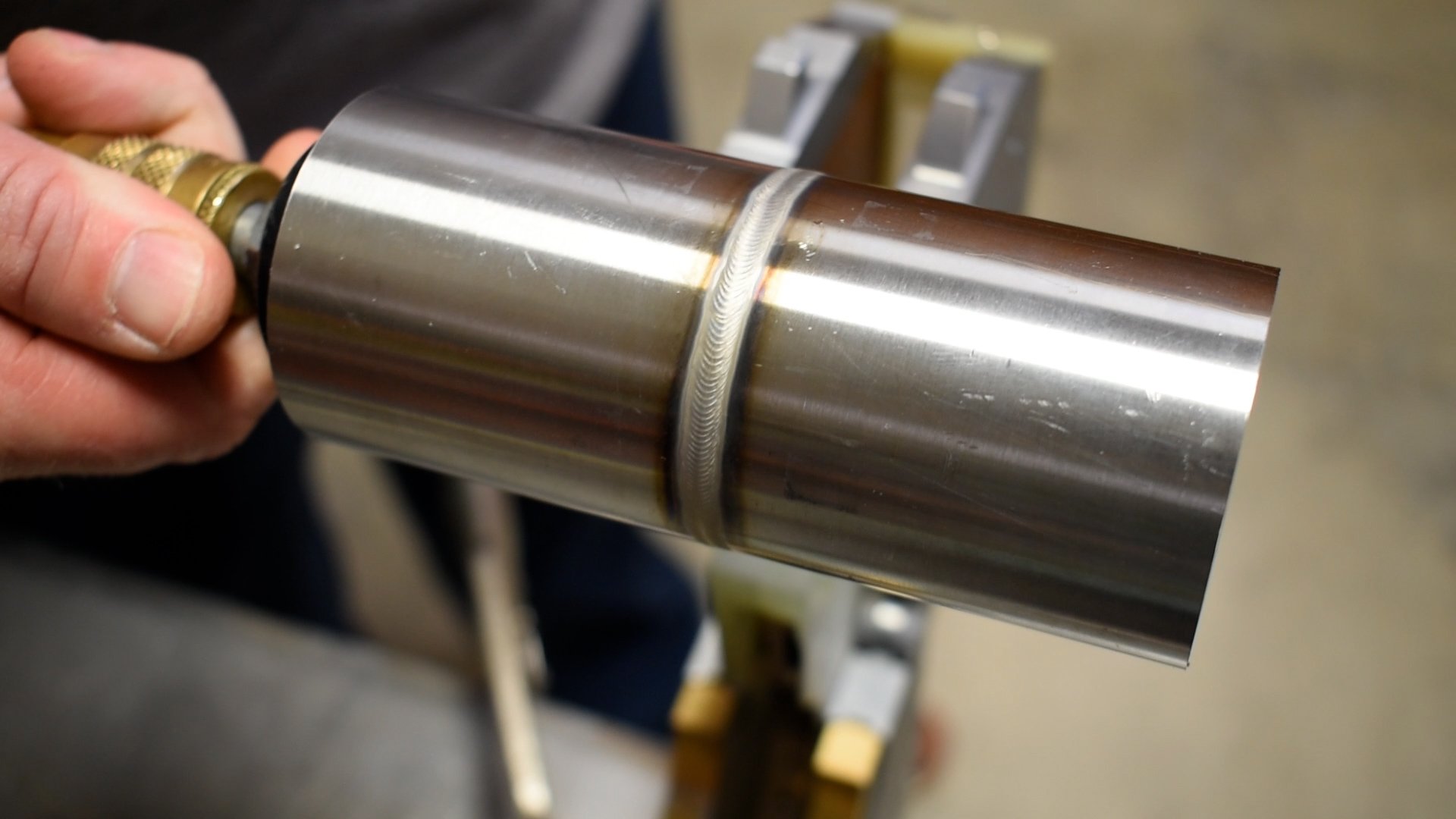A Comprehensive Overview to Identifying, Averting, and Mending Undercut Welding Troubles in Your Welding Jobs
In the world of welding, experiencing undercut concerns is a typical challenge that can endanger the architectural integrity and overall quality of your welding projects. Comprehending the origin causes behind undercut welding, being able to properly find it in your welds, and executing efficient preventative steps are essential abilities for any kind of welder. Furthermore, having the understanding and techniques to remedy undercut issues when they do happen can make a substantial difference in the last result of your welding ventures. Remain tuned as we discover the vital parts of determining, preventing, and repairing undercut welding problems, supplying you with valuable insights and strategies to elevate your welding skills to the following degree.
Common Reasons For Undercut Welding
Undercut welding, a typical concern in welding processes, can be created by various aspects that require to be thoroughly identified and dealt with to make sure the honesty of the weld joint. One of the main causes of undercut welding is extreme warmth input.
Another typical reason of undercut welding is inappropriate welding method. Poor adjustment of the welding lantern or weapon, wrong angle or range between the torch and the workpiece, or inconsistent traveling speed can all add to the formation of undercut. Furthermore, using the incorrect welding consumables or electrode size for a particular joint arrangement can result in undercut issues. Identifying these origin creates and carrying out rehabilitative steps is crucial in protecting against and rectifying undercut welding issues in welding tasks.
Identifying Undercut in Welds

To identify undercut properly, appropriate lights and zoom tools are vital to check the weld joint extensively. Utilizing tools such as a welding scale or a magnifying glass can help in detecting also the smallest undercut imperfections. Furthermore, running a finger or a fingernail along the weld joint can sometimes reveal undercut, as the surface area might feel irregular or have a dip where the undercut exists.
Preventive Procedures for Undercut
Having a deep understanding of the causes of undercut in welds enables for the execution of reliable preventive actions to preserve weld quality and integrity. These setups should be optimized to avoid too much warm input, which can lead to damage formation.

Methods for Dealing With Undercut

To resolve undercut problems efficiently, welders can use particular techniques aimed at remedying the problem and restoring the stability of the weld joint. One strategy is to change the welding parameters, such as the voltage, existing, and take a trip speed, to make certain correct heat input and blend. Boosting the welding present or reducing the traveling speed can help fill out the undercut. In addition, changing the welding technique from a push to a drag or the other way around can also help reduce undercut.
One more strategy is to utilize a weaving activity while welding to guarantee correct sidewall her explanation fusion and fill in the undercut. By oscillating the welding arc from side to side within the weld joint, the welder can transfer a lot more filler material right into the undercut areas, successfully removing the issue.
In addition, grinding out the undercut and rewelding the joint can be a viable service for more extreme undercut concerns - Preventing weld undercut. This process entails eliminating the undercut section, check out this site preparing the base steel, and after that rewelding the joint with appropriate welding criteria and strategies to stop undercut from persisting

Professional Tips for Preventing Undercut
Using appropriate welding techniques and preserving control over crucial welding specifications are critical strategies for welders intending to avoid undercut in their weld joints. One specialist tip for preventing undercut is to guarantee proper joint preparation. This includes cleansing the base metal thoroughly to eliminate any type of contaminants that might lead to damage development. Furthermore, selecting the ideal welding process and filler steel for the certain application can assist protect against undercut. Welders must also pay attention to the welding present and voltage settings, guaranteeing they are within the advised variety to avoid overheating and prospective undercut. Keeping a consistent traveling rate during the welding procedure is one more vital tip to protect against undercut. By moving at a steady rate, welders can make sure correct blend and reduce the likelihood of undercut formation. Inspecting the weld grain after completion can aid determine any signs of undercut very early on, enabling for instant restorative activity to be taken.
Conclusion
In final thought, recognizing, avoiding, and dealing with undercut welding problems in your welding jobs is vital for making sure solid and resilient welds. Preventing weld undercut. By understanding the usual causes of undercut, having the ability to identify it in welds, carrying out safety nets, and making use of proper methods for repairing undercut, you can avoid potential problems and create top quality welds. Complying with expert tips for avoiding undercut can aid you enhance your welding abilities and create much better outcomes in your jobs
Undercut welding, a common concern in welding processes, can be triggered by different aspects that need to be meticulously recognized and addressed to make certain the stability of the weld joint. Furthermore, running a finger or a fingernail along navigate here the weld joint can in some cases disclose undercut, as the surface area may feel irregular or have a dip where the undercut exists.
Using appropriate welding methods and preserving control over essential welding specifications are essential techniques for welders intending to stop undercut in their weld joints.In conclusion, recognizing, protecting against, and taking care of undercut welding problems in your welding jobs is crucial for ensuring resilient and solid welds. By understanding the typical reasons of undercut, being able to determine it in welds, implementing preventive measures, and utilizing appropriate techniques for fixing undercut, you can prevent prospective issues and develop top quality welds.
Comments on “Ideal Practices for Preventing Weld Undercut: Grasping the Basics”